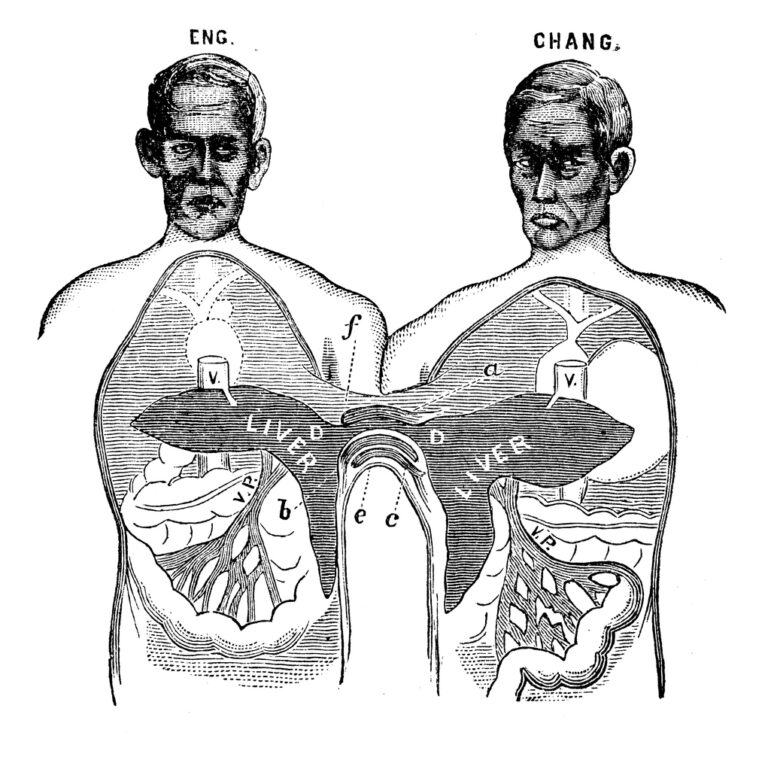“No-one is too small to make a difference,” says teenage environmentalist Greta Thunberg, and that belief is put into practice and learning by children and teachers at Bear Park childcare centres.
The centres are committed to the importance of introducing sustainable practices in early childhood, says founder and director Sue Stevely-Cole.
“We are proud to be working alongside the next generation as kaitaki (guardians) of our nurturing, inspiring, and beautiful natural surroundings.

“Part of taking on this responsibility has meant that we have become more aware of the waste that we humans create and then discard.
“We challenged ourselves to source and incorporate more recycled materials into our programmes and classrooms to support our tamariki (children), kaiako (teachers) and wider whānau group.
“Our aim is to really reflect on what we use, how we use items, and whether ‘rubbish’ items could be used again in another capacity,” she says.
Bear Park is a leading early childhood education centre, founded in 1986, which now has 11 sites throughout Auckland and Dunedin.
In the centres, items that might have been discarded are repurposed in an open-ended learning experience that encourages decision-making, problem-solving and critical thinking for children. They have the freedom to re-invent, create, and deconstruct.

“One space in which we have seen this come to life is our recently established outdoor construction space,” Stevely-Cole explains. “This area is resourced with sawn-off stumps, logs, shells, pine cones, stones, large springs and reels.
“We are excited by the inspiring ideas our tamariki have already shared and will support them to reflect, challenge, and strengthen their existing working theories about their world through the use of loose, open-ended recycled materials.”
Bear Park follows the Reggio Emilia philosophy, founded in Italy 70 years ago, which views the environment as the third teacher, a space for providing numerous opportunities for children to explore, experiment, develop ideas and test their theories.

It encourages collaboration and communication, exploration and discovery, inspiration and intrigue, and the learning space as a place for research.
Consideration of the environment becomes critical in planning an early childhood education programme. The role of the teachers is to ensure that the classroom environment is richly resourced, with materials creatively arranged, and designed to provoke and inspire research and inquiry.
“In our Morepork room, the environment provides spaces for children to fully immerse themselves in learning through a rich array of resources on offer for children,” Stevely-Cole says.
“The resources include a combination of loose parts, natural and recycled materials that provide open-ended engagement for the children to manipulate and transform these materials in any way they choose.”
Bear Park’s philosophy combines intimate community relationships, New Zealand’s Te Whāriki curriculum and the Reggio Emilia approach.

“The centres put lots of effort into crafting spaces that are thoughtful in layout and rich in variety. The design of our centres considers both the individual, and the group, using materials which steer children away from a predetermined outcome,” Stevely-Cole says.
“The feeling of family life is something we seek to extend in each of our centres, with both warm and inviting indoor spaces and wild, explorative outdoor areas. All teachers have a wealth of resources at their disposal to heighten the learning experiences in their classroom.”
Bear Park’s teacher ratios surpass national standards. Under-1s have a ratio of 1:3 and 1-2 year-olds have a ratio of 1:4, better than the Ministry of Education requirement of 1:5. Over 2s have a ratio of 1:7, where the requirement is usually 1:10 for this age group.
Find out more:
bearpark.co.nz
facebook.com/bearparkchildcare
instagram.com/bearparkchildcare






